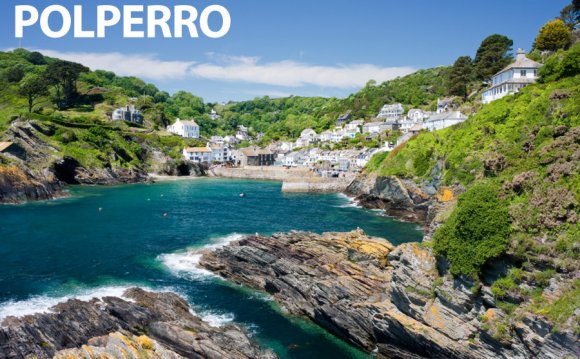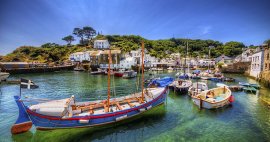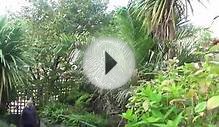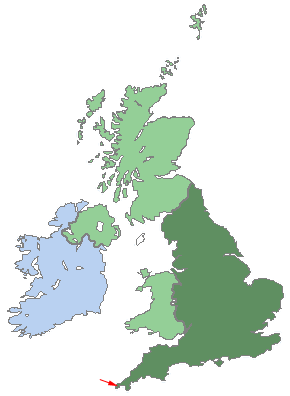
 The fishing interface of Polperro © Rolf E. Staerk, Shutterstock
The fishing interface of Polperro © Rolf E. Staerk, Shutterstock
In south, fishing villages with an almost Mediterranean environment about them; into west are desolate, storm-lashed cliffs.
The bridges that cross the Tamar have a particular importance for those of you whose minds lie from the western finance companies – specifically for people who regard Cornwall as a different country instead of another county. Once the historian A L Rowse wrote, ‘The Tamar is a decisive boundary such as for example hardly any other county possesses – but, after that, Cornwall is not an ordinary county...’ I’ve heard about a variety of odd ritualistic behaviour by travellers regarding bridges, although story we liked many originated from a holidaying family members where, stated the parents, the children breathed on as the automobile joined up with the Tamar Bridge regarding the Devon side and refused to inhale until the Kernow a’gas dynergh (Welcome to Cornwall) sign up the Saltash side was in fact passed, ‘so the atmosphere does not get blended up’.
I’ve no great fondness when it comes to blink-and-you’ve-missed-it Dunheved Bridge that the A30 rushes over at Launceston, although We often make use of the impressively designed road and railway bridges at Saltash, 20 miles south, it’s the three medieval road bridges that lie in the middle which supply the best sense of spot. The medieval narrowness of Greystones, Horsebridge and Newbridge enable sluggish travellers to savour when of arrival, to join up the exactness of departure. My favourite is the 15th-century Greystones Bridge, three miles southeast of Launceston, so thin you instinctively breathe as you cross. Showing up on the Cornish part, a left-hand change, highly unsuited to heavy automobiles, rises swiftly above lake and water meadows and indeed there, on a near-vertical pitch is Howard’s Wood, today in the care of the Woodland Trust, with ‘Welcome’ written regarding gate. That’s a good start to a county.
Artists and fruit growers have colonised the mild finance companies associated with the Tamar. Despite Rowse’s defiant assertion, we find the boundaries blurred within these parts. The Tamar Valley is its very own world, neither especially Cornish nor Devonish, but pleased with its identity. Many regarding the Cornish part flit across into Tavistock for shopping or eating out; in the same way further south, many who work in Plymouth commute via the Torpoint ferry to domiciles in the Rame peninsula. This indicates to me that there's less anxiety right here compared to other parts of outlying Cornwall, less edginess; yet in addition less affluence and protection compared to the leafy creekside villages for the Helford, Fal and Fowey.
South regarding the River Lynher, Cornwall’s ‘forgotten place’ might be linked umbilically to Plymouth, yet in the remote farmland beyond Torpoint, its self-proclaimed obscurity is easy to appreciate. You will find grand houses at every strategic estuarine juncture, their particular gardens rich when you look at the moderate maritime environment, plus the south, fishing villages with an almost Mediterranean air about all of them; on west are desolate, storm-lashed cliffs, shanty-town chalets and lengthy, vacant beaches.
Westwards of Seaton, the Channel coast all of a sudden assumes its Cornish personality; fishing harbors, hidden rocky coves and Neolithic stones bear names that speak an adult tongue; this is basically the beginning of the Pens and Pols, the Lans and Looes; rather than Johns and Michaels, churches concentrate on semi-mythical Celtic saints. Inland, where wooded river valleys rise to satisfy the south fringe of Bodmin Moor, there are several of the best walking and camping places to be enjoyed in Cornwall, a wonderfully eccentric museum of songs machines, beech trees being house to Amazonian woolly monkeys and, in Liskeard, the opportunity to find out a handsome marketplace city with an equally appealing identification.
Share this article
More about Port Isaac (Cornwall)




